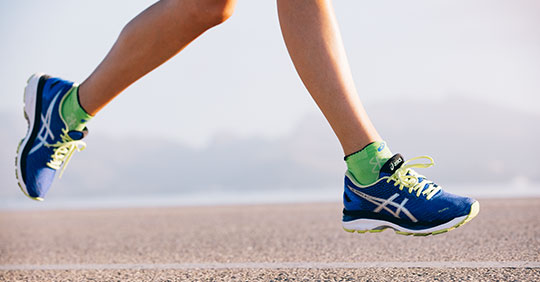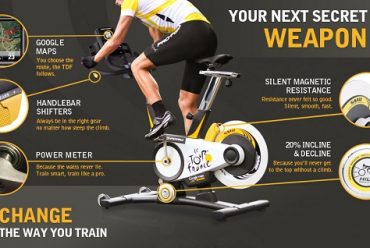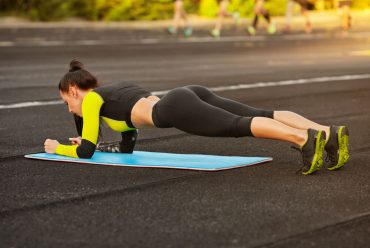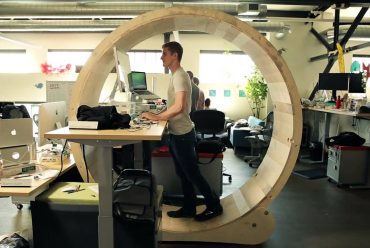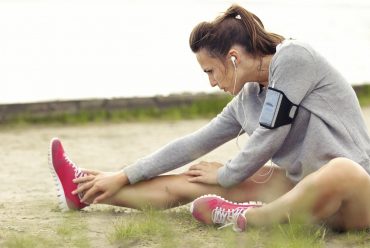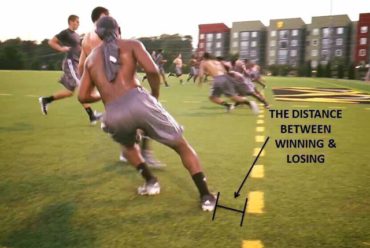If the shoe fits, you’ll be fighting fit
For professional athletes, gym bunnies and weekend warriors alike, it is most important to have the correct shoes. It is vital to make sure your shoe of choice is the correct fit because this can mean the difference between participating and getting sidelined. Finding the proper shoe fit and choice for active individuals is the key to injury prevention and reaching your full physical potential.
According to experts around 90% of active individuals do not wear the correct shoe design for the chosen activity. Therefore, foot care providers such as podiatrists recommend you wear shoes designed to meet the foot requirements of your chosen activity. For instance running shoes are the lightest and offer extreme cushioning, specifically designed for linear activity. Athletic walking shoes are similar to running shoes but they tend to be heavier and more durable, suitable for everyday use. Court shoes are specifically designed for each sport played on the court, for example: tennis shoes are designed with added thickness in the big toe area to provide added forefoot support. Cross-training shoes are multipurpose and come in two varieties- the lightweight cross trainers, used for short distance running and on gym machines and for other court activities the heavier weight cross trainer is more suitable. Then lastly we have hiking shoes, these shoes offer durability, support and protection from extreme weather conditions. These shoes are far heavier than average shoes and should not be used for any other activity such as running.
Now that we’ve identified that it’s vital to match your shoe choice to the physical activity the next important factor to consider is making sure the shoe fits correctly. According to specialists most of us wear the wrong sized shoes. It should be noted that every shoe manufacturer is different therefore, perhaps you wear a size 8 Nike running shoe but you could be a size 9 Reebok court shoe. Fear not, here are a few shoe buying tips to make it a bit easier.
- If you have foot problems consult a podiatrist for the best advice or shop at larger sportswear store such a Sportsman’s Warehouse where the staff on hand can help you get fitted properly.
- When you try the new pair of shoes on, make sure you wear the same socks that you’ll be wearing during physical activity. There should be a finger width between the front of your shoe and toe. Your shoe should never be too loose or too tight, constricting your foot in any way.
- If you wear orthotics (shoe inserts used to correct abnormal or irregular walking patterns), be sure to have it with you when trying your new pair on.
- Go shoe shopping after you have exercised, according to experts your feet can expand by a up to 2cm after physical activity.
- Measure the width and length of your foot each time you buy new shoes.
- With rigorous physical activity the sole and heel of shoes tend to deteriorate thus, it is advised that you get a new pair of shoes every 1,000km or at least every 6 months.
Whether you’re running, playing tennis or at the gym on the daily, it is essential that you make sure your feet are protected and if the shoe fits, you can keep going and be fighting fit!
If you're still unsure about the right fit shoe, or experiencing any feet related problems, get in touch with Louise Stirk, the WSMC Podiatrist - info@wsmcbullring.com




